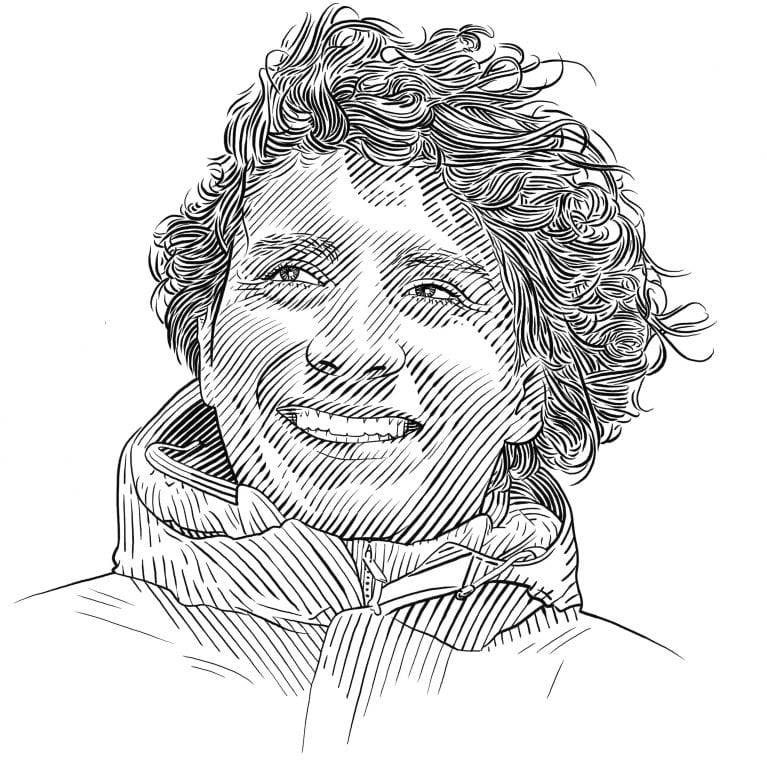Juan Cubillos Moreno

Who I am
I grew up in the bustling city of Bogotá, Colombia, high up and far from the sea, but fishing in nearby streams and rivers led to my love for water. While studying for my Bachelor’s degree, I developed a project on the bio-accumulation of mercury in fishes as a result of illegal mining in the Amazon Basin, and it was there that I discovered a passion for studying fishes and their migration patterns. A few years later I had the opportunity to take part in the first assessment of the conservation status of sawfishes along the North Pacific coast of Colombia and helped establish a project to identify shark by-catch by DNA barcoding and to assess shark fisheries in artisanal fishing communities. My research focuses on molecular ecology and the use of genetic tools to study the distribution, ecology and evolution of fishes. Today I work in two worlds: remote locations along Colombia’s Pacific coastline and among the tidal flats of the Wadden Sea in northern Europe. I am a PhD student at the University of Oldenburg in Germany, studying the distribution, ecology and migration patterns of fishes that swim up rivers from the sea to spawn.
Where I work
Colombia’s Pacific coast is a region of contrast, with long, sandy beaches encircled by rocky outcrops, mangroves and estuaries, and rainforest that extends upward to the coastal mountains of the Serranía del Baudó. It is well known as a hotspot with one of the highest tallies of biodiversity in the world. However, what lives beneath the ocean’s surface was important only to the locals who earn their livelihood from artisanal fisheries or those who fly around the world to exotic places for sport fishing. Now, although more and more research is being conducted in locations along the coast, there is one species that has not been seen for several decades. Once common, it may still lurk hidden among the mangrove roots and in the murky waters of river estuaries. At present it is only the anecdotal accounts of community elders that tell the story of the largetooth sawfish, making it something of a myth or, as the locals call it, ‘El Guacapa’. Several independent studies have tried in recent decades to assess the status of sawfish populations, but there is still a gap in knowledge about whether the species is still present, its local decline and the demography of any populations in the region. We aim to use the methods that I have been applying to fishes in the Wadden Sea to shed light on the presence and distribution of largetooth sawfishes in the estuaries and mangrove areas of the Northern Pacific coast of Chocó.
What I do
In recent years, new fishing regulations have come into force in the Chocó region, proclaiming an exclusive zone for artisanal fishing and a ban on gill nets. The aim of these measures was to help fish stocks recover and to reduce the pressure on marine ecosystems from fishing gear. The regulations will probably help to protect sawfishes indirectly by reducing by-catch and entanglement in the trawl and gill nets of commercial fisheries. However, they have also resulted in a considerable reduction in sawfish sightings and records by fishers. Other monitoring methods, such as the use of remote video cameras, cannot be easily implemented due to the estuaries’ murky waters. Currently I am working with the Talking Oceans Foundation and other collaborators to collect water samples from which we can detect traces of DNA left by sawfishes (environmental DNA) and thus gain new insights into the ecology of the species.
